WITH the latest government property cooling measures in place, Good Class Bungalow and Sentosa Cove bungalow deals are expected to slow. Can prices continue to hold?
The months of December and early January are traditionally quiet months on account of the school holidays and festive season. Yet, the residential market was unusually active last December, with 1,410 new private homes sold — a 30% jump from November. Likewise, the luxury bungalow segment — composed of waterfront, 99-year leasehold homes in Sentosa Cove and land-bound freehold ones in the Good Class Bungalow (GCB) enclaves — saw a spike in activity during those last weeks of December and in early January.
In Sentosa Cove, recent transactions included the largest of 19 bungalows on Pearl Island by mainland Chinese developer Ximeng Land. The house sits on a 12,486 sq ft, 99-year leasehold corner plot, and features seven bedrooms, a wine cellar, an entertainment block and an infinity pool with direct water views. It was sold in the middle of December to a mainland Chinese buyer for $27 million ($2,162 psf). However, no caveat has been lodged to date. On Coral Island, a bungalow sitting on a 13,433 sq ft plot was sold for $26.5 million ($1,973 psf) in December, according to a caveat lodged, while another on an 8,633 sq ft plot in Paradise Island fetched $17 million at end-January.
The GCB market also experienced an uncharacteristic spurt of activity in December with at least three GCBs sold. These include a home in Holland Road that fetched $25 million ($1,459 psf); another in Tyersall Road across the road from the Singapore Botanic Gardens that went for $27 million ($1,800 psf); and a GCB in Wilby Road, off Old Holland Road, which was snapped up for $22.8 million ($1,412 psf).
Three GCBs were also sold in early January. One was a brand new home sitting on a 19,278 sq ft freehold plot in Windsor Park Road that was sold for $27 million ($1,400 psf). The house is believed to be developed by Simon Cheong's privately held bungalow development arm, SC Homes. Another property in Windsor Park estate also changed hands in January. It is a 17-year-old bungalow sitting on a 22,486 sq ft plot on the top of Windsor Park Hill that went for $25.3 million ($1,125 psf) on New Year's Day. The third GCB, this time in Yarwood Avenue, was scooped up early this month for about $22 million ($1,180 psf).
With the latest and harshest property cooling measures imposed by the government, will the party end in 2013? The seventh round of cooling measures announced on Jan 11 hit foreigners with an even higher Additional Buyer's Stamp Duty (ABSD) of 15% compared with 10% previously. Permanent residents or PRs will now have to pay a 5% ABSD on their first residential property purchase, 7% ABSD on their second and 10% ABSD for their third and subsequent properties. Singaporeans will now have to contend with an ABSD of 7% on their second, and 10% on their third and subsequent residential property purchases.
Sellers withdraw
Within a week of the government announcement, about 20% of the sellers in the GCB market withdrew their properties from the market, says K H Tan, managing director of Newsman Realty who focuses on luxury bungalows. Similarly, in Sentosa Cove, bungalow owners have decided to stay put rather than place their property on the market, as the replacement cost is now higher on account of the raised ABSD, he explains.
Even though there was an increase in enquiries and requests for viewings in the GCB and Sentosa Cove enclaves, buyers have also turned cautious, say property agents. Some have dropped out of the market or informed their agents to stop looking for a property on their behalf, says Bruce Lye, a specialist in landed homes and managing partner of SRI5000, a division of SLP International. He also notes that advertisements on luxury bungalows have received muted response since the cooling measures were introduced.
However, an exception is the upcoming auction of the GCB at 8 Chee Hoon Avenue on Feb 27. To date, five parties have registered interest with Savills Prestige Homes, the marketing agent for the property. The double-storey house, built in the 1970s, had been the family home of the late Molly Ong Nee Chan, wife of the late Dr Ong Swee Law, chairman of the Public Utilities Board and founder of the Singapore Zoo. The children are selling the property through an auction, as it had been stipulated in the will that any sale should be through a public auction, according to Robert Khan, the professional auctioneer for the property who's working in collaboration with Savills.
"The buyers these days are buying predominantly for their own use," says Samuel Eyo, director of Savills Prestige Homes. "They did grumble about the ABSD, but upon reflection, they realised that it's better to get the property now than wait until the ABSD is removed, because nobody knows when that's going to happen, and by which time, the property may no longer be available, or may have a higher asking price."
The indicative price of the property in Chee Hoon Avenue is "in excess of $23 million", according to Savills. The property sits on a freehold plot of 15,184 sq ft, hence the price works out to $1,515 psf. The new owner will probably spend $3 million to $5 million redeveloping the property into a new house, estimates Eyo. "The main attraction of the property is its auspicious sounding address, its regular shaped plot, as well as proximity to the Botanic Gardens and good schools such as Raffles Girls' Primary School and Singapore Chinese Girls' School."
However, buyers are finding ways around the ABSD. Those who have several properties on hand are considering transferring ownership of some to other family members, say property consultants. Partners or spouses who jointly own a property are now considering buying subsequent properties under individual names to avoid the higher ABSD of 10%, notes Jacqueline Wong, head of corporate residential solutions at HSR Property Consultants.
Déjà vu?
When the ABSD first kicked in on Dec 8, 2011, foreigners had to pay an ABSD of 10% on all residential property purchases, while PRs and Singaporeans were only hit by an ABSD of 3% on their second and third purchases. Market watchers had expected deal flows in the luxury bungalow segment to contract, especially in Sentosa Cove, where bungalow purchasers are mainly foreigners who have been primary targets of the higher ABSD.
Contrary to expectation, the transaction volume in both the Sentosa Cove and GCB markets last year were on par with levels seen in 2011, according to figures from CBRE Research. Despite starting off on a sombre note in 1Q2012, transaction volume in Sentosa Cove started to accelerate in 2H, and ended the year with 23 bungalows sold at a total value of $478.1 million. Likewise, the GCB market saw a slower pace of sales in 1Q2012, but ended 2012 with 54 GCBs worth $1.17 billion sold.
Meanwhile, in 2011, 24 bungalows totalling $439.8 million were sold in Sentosa Cove and another 57 GCBs changed hands for $1.16 billion.
The average price of bungalows at Sentosa Cove edged up by about 1.8% y-o-y to $2,151 psf compared with $2,113 psf in the previous year. The average price of GCBs was 10.1% higher last year at $1,405 psf compared with $1,276 psf in 2011, according to CBRE Research.
"The net effect is that GCBs are still in positive territory, albeit at lower volumes," says Douglas Wong, CBRE Residential Agency's head of luxury homes, and a veteran in GCB sales. "As with every set of property measures so far, both buyers and sellers are adopting a tentative approach in the first few months following the implementation of the measures. Chinese New Year gives them another reason to delay making a decision."
However, this round of measures has a more negative effect on the luxury bungalow market as "literally every investor and homebuyer is hit", says William Wong, managing director of RealStar Premier Group, which focuses on marketing landed homes in the prime districts.
Even though the recent measures were designed to curb speculation in the mass market, especially the HDB resale segment, its effects are also being felt in the top-end of the market, namely the GCBs, laments RealStar's Wong. The entry level in the GCB market today starts from $20 million, and a 10% ABSD works out to at least $2 million. "Most GCB buyers tend to have more than two properties," he explains. "Purchasers will wait and monitor the market, while many sellers are still not prepared to adjust their price downwards."
The price gap between buyer and seller will widen further, which means there will be "very few transactions" from now until 3Q2012, notes RealStar's Wong. As such, he foresees transaction volume plunging by 30% to 50% in 1H2013 as buyers hold back on their next purchase until they can better gauge the effects of the latest measures.
Last October, the Monetary Authority of Singapore (MAS) had already reduced the loan-to-value (LTV) for those with an existing mortgage to 60% for the second property, and 50% for the third. The latest set of measures in January further reduces the LTV on the second property to 50% and 40% on the third. "With the raised ABSD and reduced LTV, at least 50% to 60% of the price of a GCB has to be paid in cash," notes CBRE's Wong.
He expects transaction volume to slide to about 40 to 45 GCB deals in 2013, with total sales ringing in at $850 million to $950 million. This would bring the volume of transactions in the GCB market to the level seen in 2008 when 51 units worth $826.7 million were sold.
Capital values to hold over the long-term
Even though most consultants expect transaction volume to drop, the general view is that prices of GCBs will be relatively stable, or at most, see a modest drop in 2H2013. Newsman's Tan expects GCB prices to hover at current levels, but Sentosa Cove prices to drop by 5% to 10% this year.
As the government debates its 2030 vision for population growth and land use, with plans to reclaim land, and intensify land use by redeveloping old industrial estates and former cemeteries, and rezoning golf courses for alternative use when their leases expire, "GCBs will continue to be prized assets with limited supply", says CBRE's Wong. "Capital values will remain stable and any correction will be marginal. GCB owners are in no hurry to sell."
HSR's Wong agrees. Any new site released by the government in the future will be 99-year leasehold, or perhaps of even shorter tenure. Freehold GCB plots will become increasingly rare, hence, their values should appreciate over time, she explains.
Meanwhile, Sentosa Cove is the only enclave where foreigners are allowed to purchase landed property, albeit still requiring approval from the Singapore Land Authority's Land Dealings (Approval) Unit. And with only around 300 bungalows there, capital values of such properties will also hold up well over time, according to Ricky Tan, senior sales director of DTZ's resale division who has been specialising in Sentosa Cove for the last two years. He is believed to have brokered the sale of the largest bungalow on Pearl Island for $27 million.
The Sentosa Cove market has a diverse mix of buyers, according to Lionel Loo, also a DTZ resale division senior sales director and specialist in Sentosa Cove bungalow sales, who works closely with Tan. Last year, the duo brokered five bungalow deals in Sentosa Cove, and the buyers were a Singaporean, a Malaysian, a Myanmar national, and two mainland Chinese.
SRI5000's Lye doesn't see the recent measures having any major impact on foreign demand. "The hike in ABSD from 10% to 15% is just another 5% in transaction cost," he says. "And so, it's not that significant. But we will only see the impact of the measures after Chinese New Year."
This story first appeared in The Edge Singapore weekly edition of Feb 11-17, 2013.
TOP PICKS BY EDGEPROP

Seksyen 8, Kota Damansara
Kota Damansara, Selangor
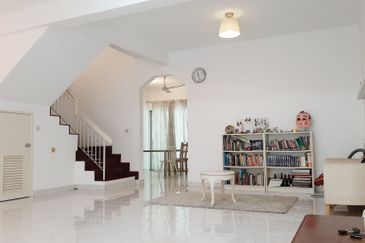
Seksyen 5, Kota Damansara
Kota Damansara, Selangor
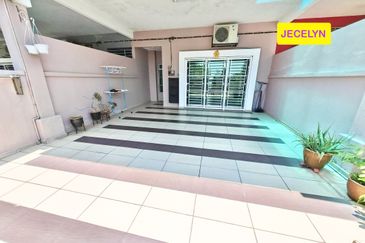
Jalan SP 8 @ Bandar Saujana Putra
Jenjarom, Selangor

10 Mont Kiara (MK10)
Mont Kiara, Kuala Lumpur
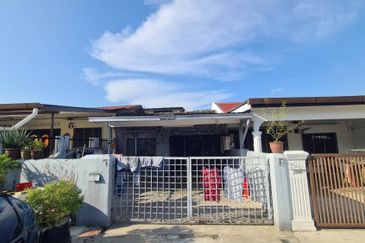
Taman Taynton (Taynton View)
Cheras, Kuala Lumpur


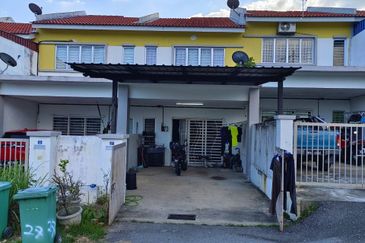

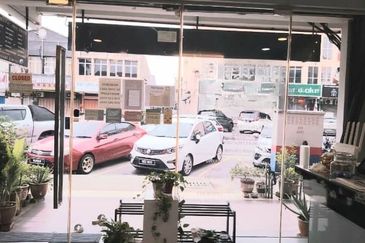
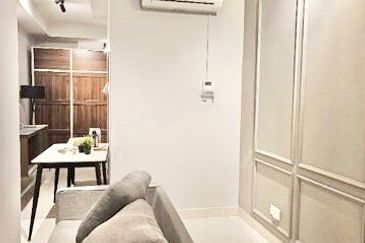
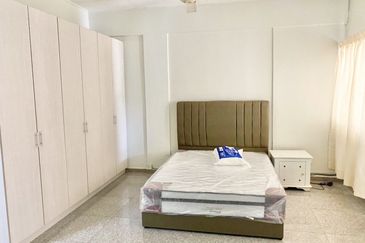
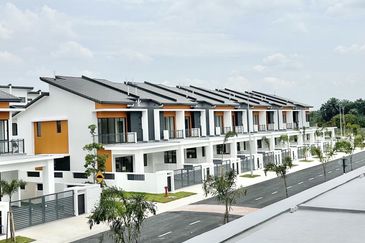


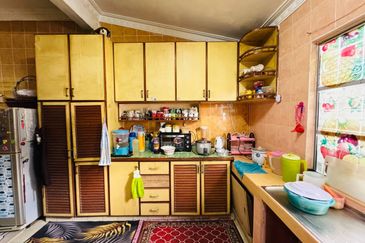

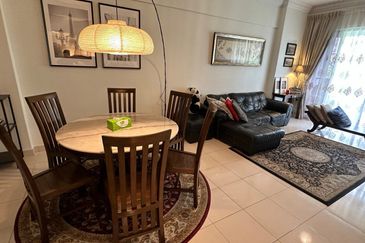
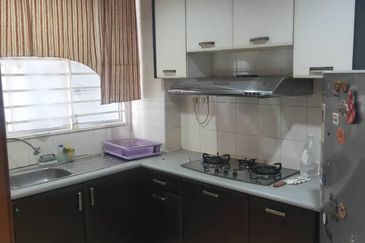
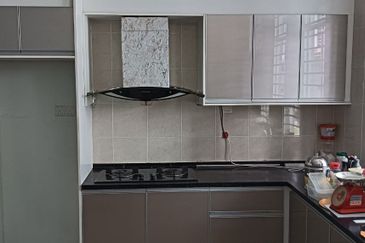
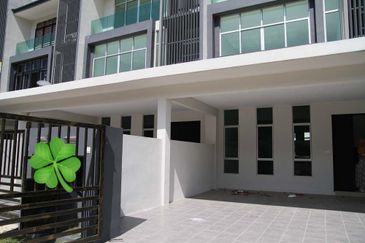
hero.jpg?GPem8xdIFjEDnmfAHjnS.4wbzvW8BrWw)



